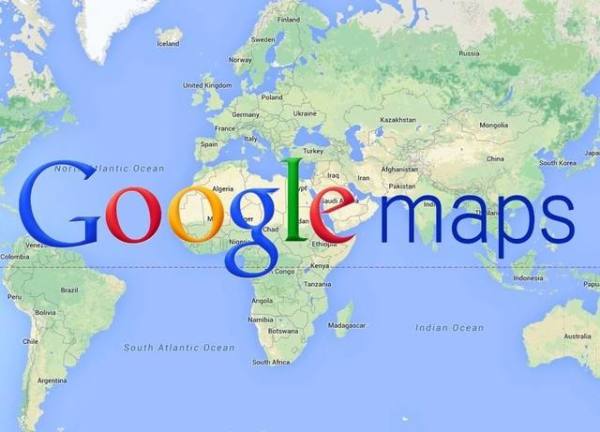Bringing real-world elements into games and enhancing realism has become a major goal for many game developers. One of the most successful examples is Pokémon GO, which successfully merged augmented reality with the physical world, creating an immersive gaming experience.
As we entered 2017, both iOS and Android platforms began to push for more AR content, drawing in a growing number of developers and hardware companies. Recently, it was announced that Google is opening up its map data to better support game developers in creating more realistic and interactive experiences.

Google’s new Maps API allows existing geographic features—such as buildings, roads, and parks—to be converted into Unity GameObjects. This means developers can focus on gameplay and creative design rather than spending time building virtual maps from scratch. For instance, actual hotels on the map could be transformed into "adventure hubs," while convenience stores might become "supply shops" within the game.
This move by Google not only simplifies the development process but also encourages more creativity and innovation in AR-based games. By leveraging real-time map data, developers can create more engaging and context-aware experiences that feel more natural and grounded in the real world.
Ultimately, this advancement helps game creators concentrate on what truly matters: crafting unique gameplay mechanics and delivering unforgettable player experiences. It's a step forward in making AR games more dynamic, interactive, and deeply integrated with the environments we live in.
Single Sided Digital Sign,Window Facing Lcd Signage,Digital Lcd Signage,Hanging Ultra-Thin Lcd Digital Signage
Shenzhen Risingstar Outdoor High Light LCD Co., Ltd , http://www.risingstarlcd.com
